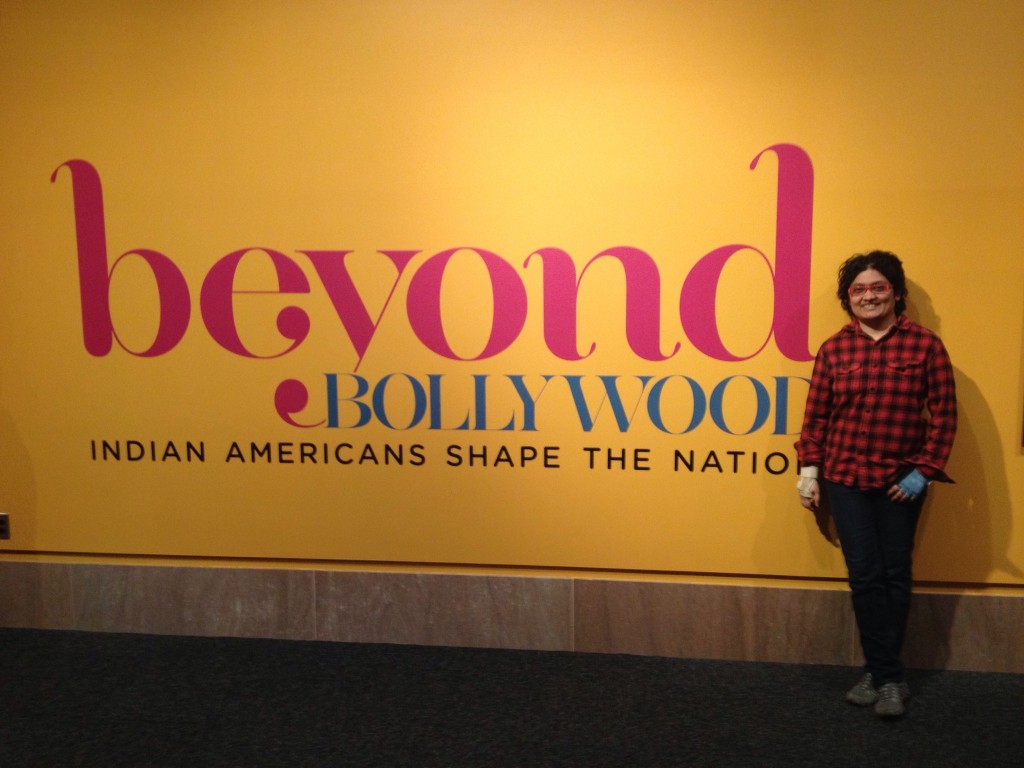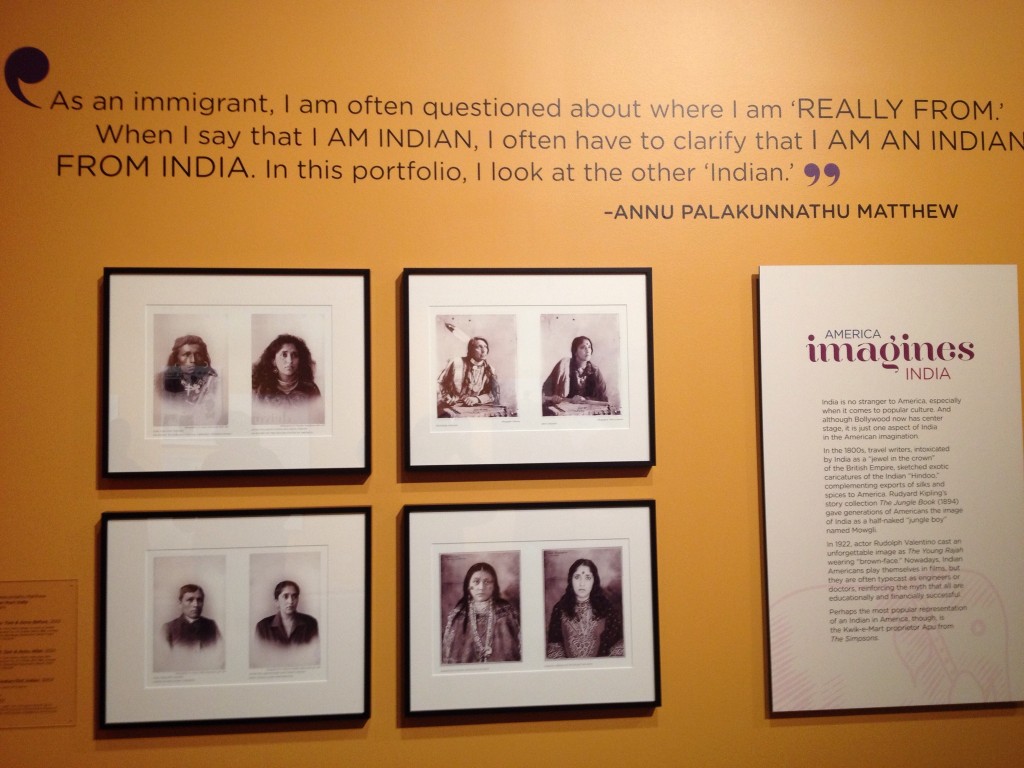The majority of American museums are institutions of white male privilege. They usually “contemplate” a history of white male conquest uncritically, without space for alternative narratives. So when I heard of the new “Beyond Bollywood: Indian Americans Shape the Nation” exhibit at the Smithsonian Natural History Museum, I warily went to explore it with low expectations.
Among the bright red and orange hues of the exhibit, I found Indian Americans, but I also found whiteness on display as the exhibit struggled to walk the fine line between highlighting successes and mentioning the struggles of this rich and diverse population.
At times, the exhibit suffers from appeasing a white American audience. For example, Indian-American success stories such as Mindy Kaling, receive far more wall space than the various race riots against Indian-Americans. Additionally, in one particular exhibit focused on Indian women in the U.S., the curator notes that the Indian woman has far more opportunities in the U.S. and if she had remained in India, she would be still be a home-maker. Besides making assumptions about India’s economic progress and the rights it affords to women, the curator also assumes that all Indian women have expanded opportunities in the U.S., which paints a rather rosy picture of the American dream. Instead of exploring how countless numbers of Indian women brought here on H-4 visas are stuck in immigration limbo or how many Indian women remain home-makers in the U.S., the exhibit silently extolls the American, while deriding the Indian.
Probably, the most redeeming part of the exhibit is undeniably Annu Matthew’s series on the “Other” Indian.
When I first migrated to the U.S. and people asked me about my ethnicity, I used to say “I am Indian,” and the follow-up was usually “What tribe?” To my pleasant surprise, the exhibit actually explored how the white colonialist gaze could not differentiate between the Indian with the dot, and the Indian with the feather, hence, conflated and confused two entirely different peoples, and treating them both as the Other. The Indian American is also the “Other” in the U.S. and I wish the exhibit had done more to showcase that experience.
What’s missing? On one hand, the exhibit acknowledges that Indian Americans have many passages to the U.S., but on the other, the exhibit is sorely lacking in discussion of the Indian diaspora in the U.S. It dismisses the existence of Indians in other parts of the world as an after-effect of British colonization but the curator never explores why many Indians chose to once again, migrate to the U.S.
Second, I was struck by the complete absence of any mentions of the many “Little Indias” across the country, be it Devon Street in Chicago, Illinois or Artesia, California, and perhaps this omission has to do with preserving the white gaze. After all, the existence of “Indian ghettos” is a constant reminder that Indian Americans were subject to discriminatory and segregationist housing laws, and many still of us still cannot achieve the illusory American dream.
Finally, the LGBT Indians received a secluded and hidden wall in a corner, with two protest portraits but little mention of our rich, diverse histories. The curator told me that they fought hard to include this wall, and I have no reason to doubt it. I just wish that it wasn’t that difficult to include all our voices in one room.
Beyond Bollywood certainly goes beyond India’s movie industry to showcase Indian-American lives in the U.S. Lets hope that future exhibitions carry it beyond the white gaze.


One reply on ““Beyond Bollywood” But Perhaps Not Beyond the White Gaze”
Hi Prerna Lal, thanks for your sharing you experiences and thoughts. I read your article and your thoughts about the concepts are just brilliant. Just keep writing.